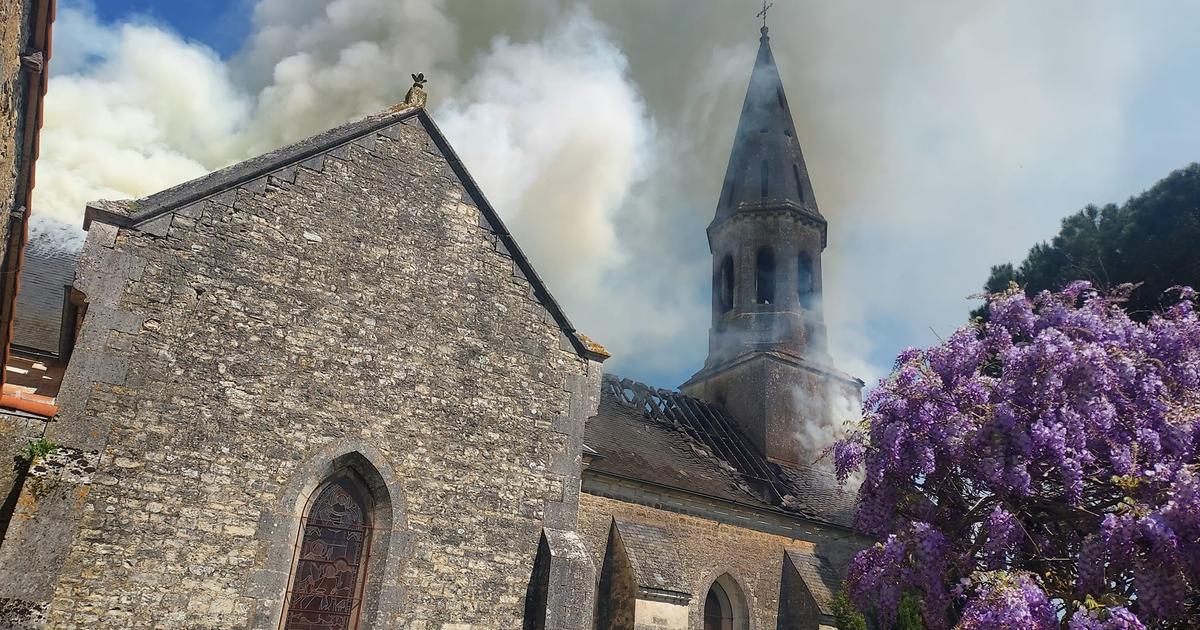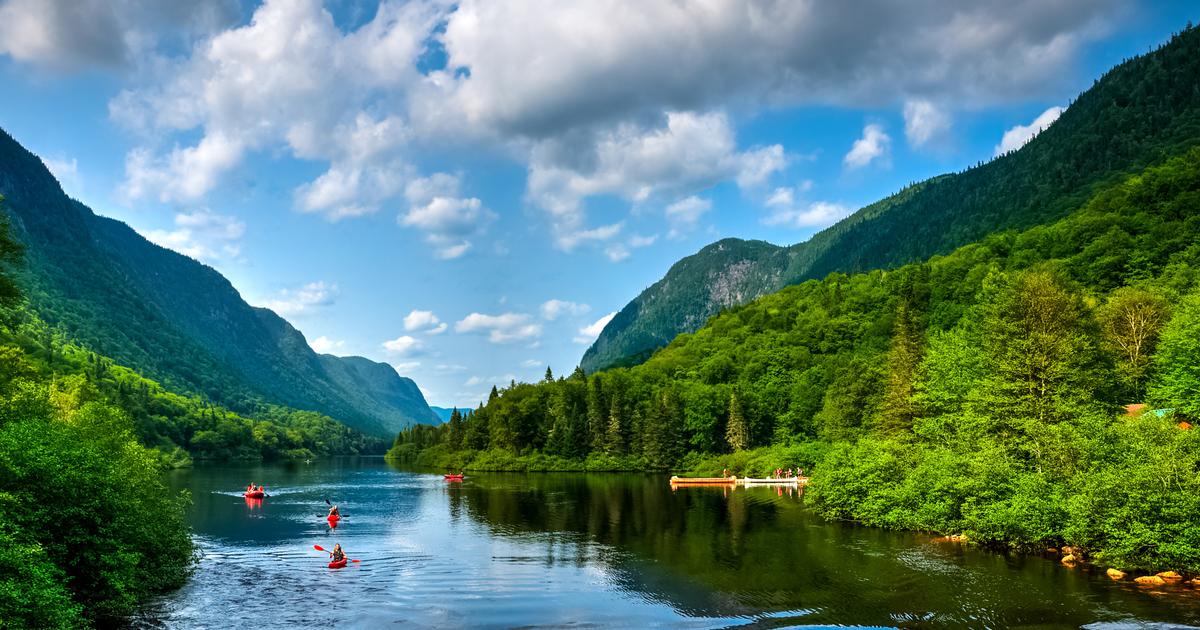It is the green lung of Val-d'Oise.
You have surely been there before.
The Montmorency forest has been in the midst of a health crisis since 2018. Ink disease ravages the chestnut trees of the massif, which represent 77% of the woods.
It was detected there in 2012.
The pathogen, present since the 20th century in France, is located in the soil and attacks the roots of chestnut trees and gradually kills them.
With humidity, these microorganisms expand even more.
Global warming therefore accentuates the proliferation of the pathogen.
Of the 2,000 ha in the Montmorency forest, 200 ha have already been devastated according to the National Forestry Office (ONF).
600,000 euros for the reforestation of the massif
Because it is one of the most frequented massifs of Ile-de-France with 3 to 5 million visitors per year, and one of the most devastated by this disease, Bérangère Abba, the Secretary of State for of the Minister of the Ecological Transition, went, this Friday, on the spot. “There is an unprecedented budgetary and financial effort that has been put in place in record time,” she said. The France relaunch plan allocates nearly 600,000 euros for the reforestation and diversification of trees in the Montmorency forest.
She also insisted on the need to educate forest users: "Faced with the urgency of certain situations, we would like to be able to see things evolve more quickly, but here when we are over decades of transformation, we must accept the long term, ”she explains, responding to the feelings of some residents when faced with the felling of trees.
Elected officials mobilized in March 2021 against the ONF site.
Florence Portelli, mayor (Libres!) Of Taverny and Jean-Christophe Poulet, mayor (DVG) of Bessancourt had initiated a petition which called for an independent audit and a moratorium.
She had collected more than 25,000 signatures.
The cutting of trees was according to them "too important".
For the deputy (LREM) of the 4th district, Naïma Moutchou, “we must work with and not against the ONF” “the only solution is to cut.
Diseased trees infect others.
It does not please but if we want to save the forest we have to go through it ”.
She suggests “bringing together small groups of residents with a member of the ONF to explain what is happening.
"
"The strongest health crisis in its history"
For Claire Nowak, head of the forest service of the Ile-de-France Ouest agency of the National Forestry Office (ONF), there is an emergency. “The Montmorency forest is undergoing the greatest health crisis in its history,” she said. We are in a project which consists in coming to treat the disease by cutting entire diseased areas, leaving other places to rest and establishing the future of the forest, ”she concludes.
Beyond the forest plots ravaged by the disease, we can also see areas that have been reforested. Clear cuts have taken place before and still take place to remove diseased trees. These are replaced by other species such as oaks or lime trees for example. Other species are naturally grafted to those already planted. “We only implement what nature cannot provide,” says Claire Nowak.












/cloudfront-eu-central-1.images.arcpublishing.com/prisa/KMEYMJKESBAZBE4MRBAM4TGHIQ.jpg)


